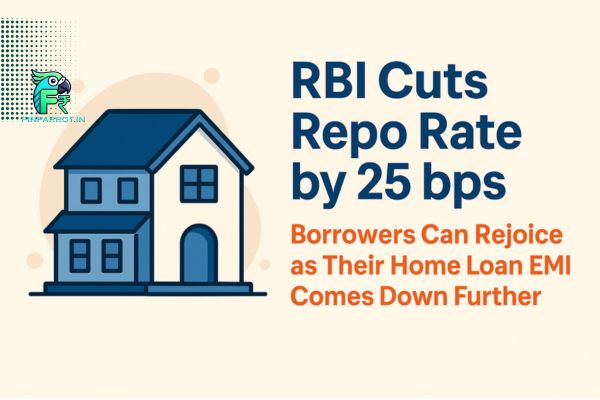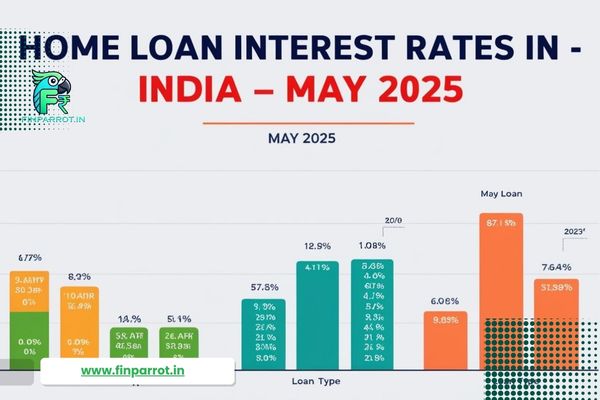In today’s digital era, legitimate loan offers are just a few clicks away, yet this convenience has also paved the way for sophisticated scams. Fake loan apps lure unsuspecting borrowers with promises of low interest rates, quick disbursements, and even pre-approved offers. This guide, titled “How to Report Fake Loan Apps & Get Your Money Back,” aims to shed light on these deceptive tactics, provide real-life insights, and offer practical steps to help you report fraudulent activities and work towards recovering your lost funds.
Understanding the Tactics Behind Fake Loan Apps
Fraudsters often use several deceptive strategies to appear legitimate. Common tactics include:
- Enticing Offers: Ads promise “low-interest personal loans” and “rapid disbursement,” sometimes even suggesting pre-approval, to create a false sense of urgency.
- Upfront Processing Fees: Scammers demand an upfront fee instead of following a standard loan process, falsely claiming it’s needed to secure your loan.
- Pressure Tactics: Once you show interest, expect repeated calls or messages insisting on additional payments, often citing a “small glitch” or “processing delay.”
- Mixing Languages: Scammers may switch between English and local languages (e.g., Hindi) to confuse you and mask inconsistencies.
- Social Media Lures: Attractive visuals and success stories shared on social platforms are used to grab your attention and lure you in.
Understanding these methods is the first step in protecting yourself.
PMEGP vs Mudra: Best Loan for Indians – Compare these two popular government loan schemes to find the best fit for your needs.
Kumar’s Journey: A Real-Life Case Study from Chennai
A Chennai resident, Kumar, fell victim to a fake loan app scam. His experience serves as a cautionary tale:
- Initial Contact: Attracted by the promise of quick loans and low interest, Kumar downloaded an app and paid an upfront processing fee.
- Subsequent Pressure: After the initial fee, he received calls—mixing English and Hindi—insisting that his application was approved but required another fee to clear a “glitch.”
- Realization & Action: When further payments yielded no results and communication turned evasive, Kumar realized he was being scammed. With help from his IT professional friend Jagdeesh, Kumar documented every detail (screenshots, receipts, call logs) and promptly reported the scam to his local cyber cell.
This proactive approach not only helped initiate an investigation but also served to warn others.
Recognizing and Avoiding Loan Scams
To safeguard yourself against these scams, consider the following tips:
Verify Authenticity
Check Registration: Always confirm that the loan provider is registered with regulatory bodies like the Reserve Bank of India (RBI).
Read Reviews: Look for independent reviews and customer feedback. Multiple negative reviews or warnings are clear red flags.
Official Platforms: Only download loan apps from official websites or trusted app stores. Be wary of third-party links.
Avoid Upfront Fees
Processing Fee Caution: Genuine lenders rarely ask for significant fees before disbursing a loan. If an upfront fee is demanded, it’s likely a scam.
Transparent Terms: Ensure that all fees and terms are clearly outlined. Hidden or vague fee structures should prompt additional scrutiny.
Watch Out for Pressure Tactics
Rushed Decisions: Scammers create urgency to force quick decisions. Take your time to evaluate any offer.
Inconsistent Communication: Abrupt call disconnections or inconsistent language signals potential fraud.
Stay Alert on Social Media
Too-Good-To-Be-True Offers: Verify any appealing offers by checking official channels or reputable financial news sources.
Social Engineering Awareness: Be aware of tactics that manipulate emotions and create urgency. Always cross-check before acting.
Enhance Your Cybersecurity
Strong Passwords & 2FA: Use strong, unique passwords for financial accounts and enable two-factor authentication where possible.
Regular Updates: Keep yourself informed about the latest scam trends and cybersecurity practices.
Are Loan Apps Safe? How to Protect Your Data – Learn essential security tips to safeguard your personal and financial information from fraud.
Steps to Report a Fake Loan App Scam
If you suspect you’re dealing with a fraudulent loan app, follow these steps:
1. Document Everything
- Collect Evidence: Save screenshots, emails, messages, transaction records, and call logs. Document any identifiable details about the scammer.
- Chronicle the Events: Maintain a detailed timeline of your interactions and payments.
2. File a Complaint with the Cyber Cell
- National Cyber Crime Reporting Portal: Report the scam through the National Cyber Crime Reporting Portal. This online platform connects you with the appropriate authorities.
- Local Cyber Cell Offices: Alternatively, visit your nearest cyber cell. Most state police websites include a dedicated cyber crime section where you can file complaints (e.g., “Each state’s police website will have its own cyber crime reporting section”).
3. Notify Your Bank
- Inform Your Bank: Immediately contact your bank to report unauthorized transactions. Ask them to monitor your account for any further suspicious activity.
- Dispute Charges: Inquire about the possibility of reversing the fraudulent charges. Although recovery isn’t guaranteed, banks may have measures to assist victims.
4. Report to App Stores and Consumer Forums
- Flag the App: Report the fraudulent app on platforms like the Google Play Store or Apple App Store. Be prepared to provide details about the app and the fraudulent activity.
- Share Your Experience: Post your experience on consumer complaint websites and trusted forums. This helps warn others and may prompt further action.
Recovering Lost Funds: What to Expect
- Bank Dispute Process: Banks may reverse unauthorized transactions, though the process can be lengthy and not always successful.
- Legal Recourse: Filing a police complaint may lead to legal action against the fraudsters. However, due to the often anonymous nature of these scams, recovering every rupee may be challenging.
- Follow-Up: Regularly follow up with both your bank and the cyber cell to stay informed about the investigation progress.
- Set Realistic Expectations: While reporting is crucial, understand that complete recovery might not be possible—the main goal is to prevent further losses and help authorities track down the perpetrators.
FAQ’s
Can fake loan apps misuse my personal data?
Yes, fraudulent loan apps often misuse personal data for blackmail, unauthorized deductions, or even identity theft. If you suspect misuse, change your passwords, inform your bank, and monitor your credit report for suspicious activities.
How can I warn others about a fake loan app?
You can leave detailed reviews on the Google Play Store/App Store, report the app to the RBI, share alerts on social media, and inform consumer forums. Raising awareness helps prevent others from falling into the same trap.
Final Thoughts: Stay Alert and Spread the Word
The rise of fake loan apps is a growing concern across India. Here’s a quick recap of essential tips:
- Don’t Believe the Hype: Always verify loan offers through official channels.
- Report Promptly: Document every detail and report the scam to both cyber cells and your bank.
- Educate Yourself and Others: Regularly update your knowledge on scam trends, use strong passwords, enable two-factor authentication, and share your experiences to help others avoid similar pitfalls.
- Be Cautious on Social Media: Verify any offers or messages by checking reliable sources before proceeding.
By staying vigilant and reporting fraudulent activities promptly, you not only protect yourself but also contribute to creating a safer digital financial environment.
Disclaimer: The case of Kumar is based on common scam patterns observed in India. Always verify information through multiple official sources before making financial decisions.















